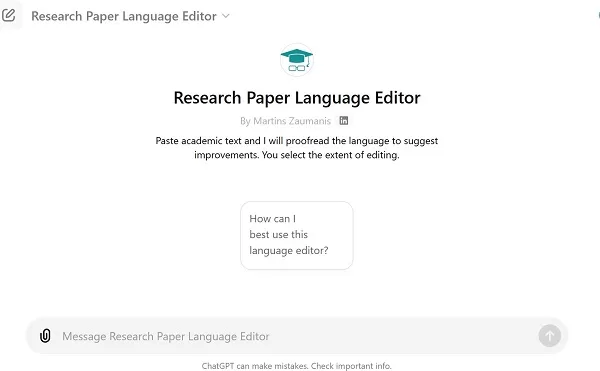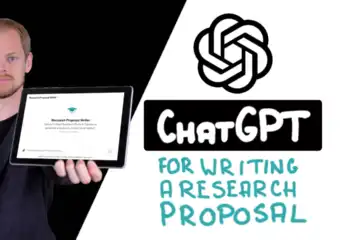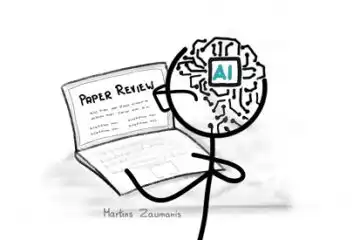ChatGPT is changing the way research papers are written. While not all effects are positive, there is one way in which ChatGPT can improve nearly every research paper. My “Research Paper Language Editor GPT” will proofread and enhance the language of your research paper. Best of all – you can use it for free.
In this article, I will explain how the ChatGPT-based Research Paper Language Editor works, how to select from its three language improvement levels, and how to use it for the best results. You will also see an example of what the editor can do and I will show what it’s limitations are.
Finally, I will share my thoughts on why free language editing using AI can profoundly improve a single paper, push academic careers forward, and even advance science itself.
And of course, you will be able to access the language editor yourself.
How my ChatGPT Language Editor works: the short version
Before I show you the details, here is a summary of the capabilities of the Research Paper Language Editor:
- You paste the text from your research paper into ChatGPT.
- You specify one of the three levels of English editing you need: (1) grammar proofreading, (2) readability improvement, or (3) substantive editing of flow.
- ChatGPT reviews and “understands” the content before providing you with the edited text. It highlights each change in bold.
- ChatGPT explains the changes it made so that you can decide if they make sense. You can also use the feedback to improve your knowledge of English for future writing tasks.
What is a custom GPT?
A Generative Pre-trained Transformer (GPT) is an artificial intelligence (AI) model based on the ChatGPT platform. GPT represents a significant improvement over the “normal” ChatGPT because it can be trained to excel in one particular task.
In this case, I trained the GPT to edit the English language of a research paper. It already knows a lot about good language use in general, but I ensured it follows the best practices of writing specifically research papers. This includes the use of academic language, terminology, understanding the target audience, and other things. I used the advice from my book “Write an Impactful Research Paper” as the basis for training the ChatGPT.
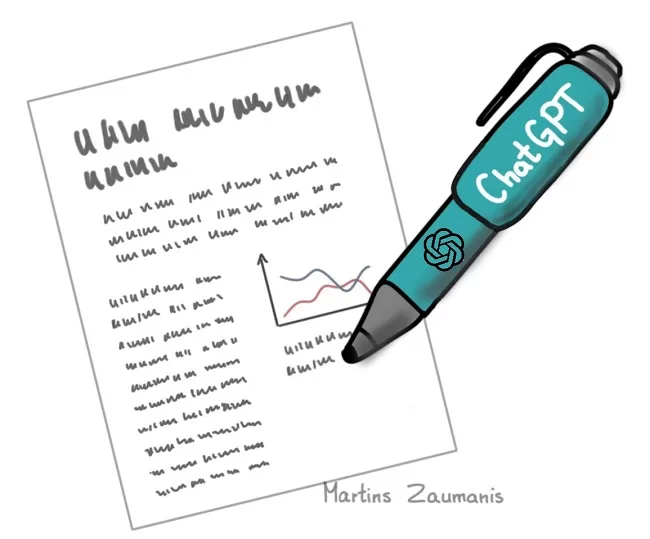
Four steps of using the Research Paper Language Editor GPT
Step 1: Upload text from your research paper
Open the Research Paper Language Editor GPT and paste text from your research paper into the window. For best results, paste no more than one page worth of text (around 300-500 words). This limitation is defined by the “memory” of ChatGPT. If you paste longer texts, it might start forgetting things, and the edited text you receive might have lost some of its intent.
Step 2: Select the editing level
Before starting to edit the text, the Research Paper Language Editor GPT will ask you to select one of three editing levels:
- Level 1: Copy Editing. The Research Paper Language Editor GPT focuses on correcting grammar, spelling, punctuation, and syntax errors. Select the Level 1 if you are a fairly experienced writer and simply want to ensure there are no English grammar mistakes.
- Level 2: Readability Improvement. ChatGPT improves readability and clarity of the text. Of course, it also includes copy editing. Select this level if you think the text would benefit from improvements in clarity, flow, and word choice.
- Level 3: Substantive Editing. The Research Paper Language Editor GPT enhances logic, flow, sentence structure, and coherence of ideas while also including the improvements from the previous two levels. Choose Level 3 if you are not a native English speaker or if you are working on an early version of the manuscript and want to make the writing process more efficient.
Regardless of the level you select, the Language Editor GPT will try to adhere to the original intent of the text and maintain the technical terminology you used.
Step 3: You receive the edited text with the explanations of the changes
Now that you have provided the text and selected the editing level, the magic starts. ChatGPT uses its advanced large language model to “understand” the text and then makes the edits. I have explicitly instructed the GPT it to keep the original intent of the text as much as possible. It will also not add any new ideas.
The Language Editor GPT highlight each edit it makes in the text using bold font. This way, it is easy for you to review the changes before deciding whether to implement them into your manuscript.
After the edited text, you will receive a point-by-point explanation of each edit that ChatGPT made. I find this explanation extremely useful since it allows me to:
- Understand why ChatGPT made a particular edit and whether I agree with it.
- Improve my English knowledge because the comments explain the precise language rule or principle.
That’s it, you can now copy the edited text and paste it back into your research paper manuscript.
I typically make a new copy of the manuscript where I paste the edited text so that I can return to the original if needed.
Example of an Edited Research Paper
Below you see an example of the suggested edits by the Research Paper Editor GPT. I used the introduction of my Master’s thesis for this example. Back when I wrote it in 2010, I could not even dream that AI would help me with language editing. I actually bought beer for my course-mate to proofread the text. And I was lucky to have such a course-mate. Most people don’t.
For editing this text with ChatGPT, I selected the level 2 (“content editing”).
I believe the edited text is a improvement over the original version. The provided explanations of the changes seem meaningful to me. But I am not a native English speaker, so I asked someone who is to tell me if the edited text is better compared to the original. She confirmed that the new version has no grammar errors and that the readability is certainly improved. Sorry course-mate 🙂
See the edited text below and you can access the ChatGPT conversation here.
Privacy when using Chat GPT
The Research Paper Language Editor GPT uses the ChatGPT platform by OpenAI . This means you are sending the text of your unpublished research paper to a private company, and OpenAI might use this text to train future models of ChatGPT. This is one of the risks of using ChatGPT, so make sure to read the privacy policy of OpenAI and decide on your own if using the language editor is something you want to do.
I personally have disallowed the ChatGPT to use my conversations for training the future language models. You can do the same by first clicking the icon with your initials. Then head to Settings > Data controls > Improve the model for everyone. Here you should disable the button as shown in the screenshot below.
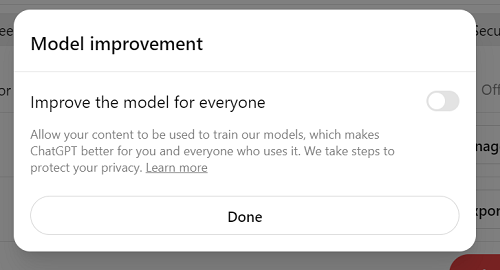
An important note: I, as the author of the Research Paper Language Editor GPT, don’t see your conversation.
Below are the and settings of the Research Paper Language Editor GPT.
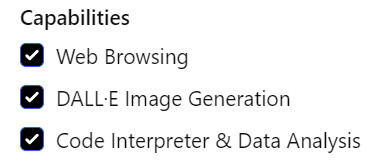
Access the ChatGPT Research Paper Language Editor
You can access the Research Paper Editor GPT for free by clicking the link below. The good news is that ChatGPT is now free to use without any subscription plan.
I am curious to hear if you find the tool helpful. Please share your experience with me through [email protected].
How to report the use of ChatGPT when submitting the manuscript to a research journal?
Nearly all academic publishers and scientific journals require authors to declare whether and how AI tools were used during research and paper writing. This requirements of course includes the Research Paper Editor GPT.
To report the use of a tool, the best practice is to name the tool, the use case, and the scope. For example:
ChatGPT 4o-based “Research Paper Language Editor GPT” by Martins Zaumanis (version July 30, 2024) was used to improve the readability, conciseness, and check the grammar in the entire paper.
What NOT to expect from the Research Paper Language Editor ChatGPT
The Research Paper Language Editor is built using ChatGPT’s Large Language Model (LLM). Although the technology is undeniably impressive, it fundamentally uses Artificial Intelligence (AI) to play a guessing game in which it predicts the next word in a sentence. ChatGPT cannot “think” or evaluate the logic of your writing.
What ChatGPT does well is compare your text with its extremely vast training set. In most cases, this results in greatly improved grammar and readability of your text. However, it certainly does not replace your own judgment.
Please make sure to always read the text that the Research Paper Language Editor GPT provides.
If you don’t understand why a certain change was made, check the explanation the language editor provides. If you don`t agree with the change, revert to your original text. Ultimately, you are responsible for the text, not ChatGPT.
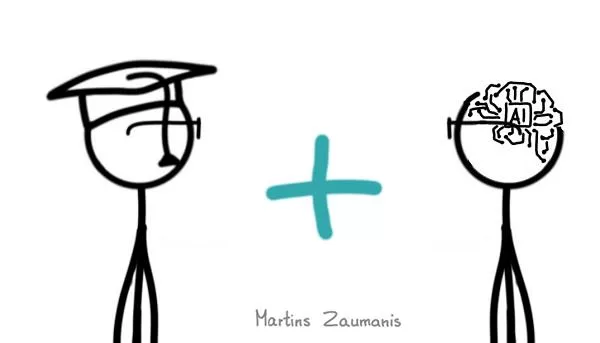
How does the Research Paper Editor compare with other editing tools?
Language editing is built into most word processors. Typically, however, such editors can only proofread minor aspects, such as checking if the spelling is correct or if an article is missing. With the advent of large language models, you can get help with much more than this.
The lightning-fast advancement of AI has allowed many language editors to surface. Grammarly and PaperPal are just some of the tools that can help you with language editing. I have tried multiple such tools and can testify that they are undeniably doing a great job. However, most are freemium products, meaning that after a few edits, you are left with a basic version of the tool or nothing at all.
The Research Paper Language Editor GPT is completely free and uses the most advanced Large Language Model in the world – ChatGPT.
Yes, even when using ChatGPT, you might hit a daily use limit. However, in my experience, you can do quite a lot of editing before this happens. Unlike when you are simply chatting with the default ChatGPT bot, the Research Paper Language Editor GPT allows you to edit the text with much fewer prompts. It already knows what to do, so you simply have to paste the text, and it will get going.
If the ChatGPT`s free version is limiting your productivity, you may need to subscribe to ChatGPT. But unlike a subscription for a language editing tool, this gives you many more opportunities to benefit from AI for your research.
For example, you can try out my GPTs for helping to review research papers, review research proposals, and even help in writing research proposals. There are, of course, many other great GPTs in the GPT store, and with some dabbling, you can even create your own GPT assistants. In my opinion, this seems like a better value-for-money deal compared to a subscription to a tool that only does language editing.
Why free language editing is a big deal for science
A lot of people worry about the negative impact that large language models might bring to science. The creation of paper mills, plagiarism, hallucination, and even the reduction of human brain capacity are some of the problems associated with the advances of ChatGPT.
These worries are certainly justified, but as a born optimist, I am very excited by the opportunities that AI can bring to science. Free language editing by ChatGPT is certainly something that can help a lot of researchers. I dare to say it can even move science itself forward.
Why is language editing such a big deal?
The language of science is English. But for 96% of the world’s population, the mother tongue is NOT English. This does not mean that the science done by non-native speakers is worse than that of the scientists who were lucky enough to be born in an English-speaking country. However, the lack of English proficiency can limit the scientists getting their papers published in research journals.
The lack of English knowledge can even limit the progress of academic careers. For example, in one research study, the authors determined the most important factors for the future success of a PhD student in academia (measured by the number of publications in their future career). And guess what? English language proficiency came in second place, right after the number of publications during the PhD years.
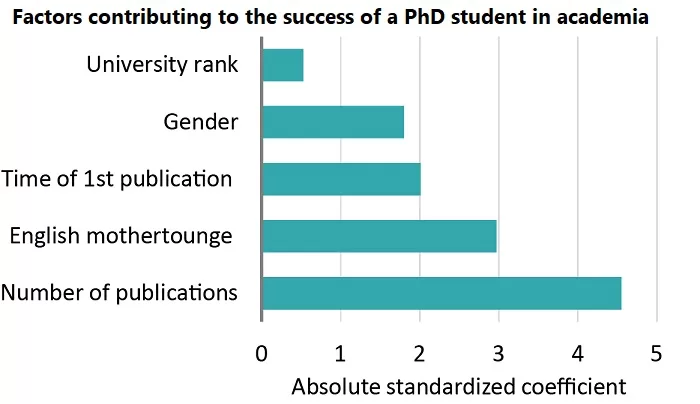
Imagine that every scientist in the world has free access to a language editing tool that helps them write similarly to native English speakers. This would level the playing field and allow these scientists to compete fairly for publishing their papers in top research journals.
Here are some benefits that come to mind as a result:
- Scientists are not discriminated against due to their lack of English knowledge. This enables them to publish research papers in top journals and as a consequence advance their careers based on merit, not English knowledge.
- Research findings by non-English speaking scientists have a better chance of being noticed by other scientists. As a consequence, the exchange of information between scientists across the world is improved.
- As a result of improved information flow, new scientific advances are more likely. Since no scientist starts from scratch, a larger knowledge pool can help push science forward. There is a reason for the saying, “Science stands on the shoulders of Giants.” AI-assisted free language editing can make the shoulders broader and stronger.
Summary: how can the Research Paper Language Editor GPT help you?
At the very core, science is universal. Scientific discoveries should not be discriminated against just because the researcher does not speak fluent English. Unfortunately, this is exactly what happens when papers are submitted to scientific journals: if the language is not proficient, the scientific content may not even be evaluated, and the paper is rejected.
A rejection because of poor English is not even the worst thing that can happen. When this is the case, you at least know where the problem lies. But often, poor language can create a halo effect for the reviewers: they might rate the scientific content lower just because they are “primed” by poor English. Of course, this is nonsense—the scientific content might be great even if the English isn’t. But the review critique can have a negative impact on the self-esteem of the researcher.
With this in mind, it is not hyperbole to say that universal access to AI-powered English language editing tools can advance the careers of researchers and even push science itself forward. In a way, Large Language Models can level the playing field and eliminate the unfair advantage that native English speakers have. Even native English speakers will likely benefit from the tool.
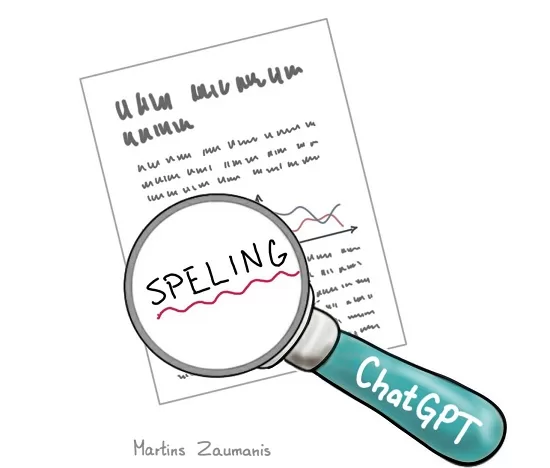
There are many AI-powered tools out there, but the Research Paper Language Editor GPT is completely free and leverages the most advanced large language model—ChatGPT. I made it specifically for editing academic writing, and its three levels allow you to tailor the extent of editing to your needs.
Good luck with your next manuscript! I hope the use of ChatGPT for language polishing will help you convince the notoriously problematic Reviewer No. 2 🙂
ChatGPT will not write your research paper
ChatGPT might help you to check the language of your research paper but it will not write an impactful research paper for you. And nor should it.
Hi! My name is Martins Zaumanis and in my interactive online course Research Paper Writing Masterclass I will show you how to write research papers efficiently using a four-step system called “LEAP”. You will learn to to visualize your research results, define a message that convinces your readers, and write each section of the paper. Step-by-step.
Author

Hey! My name is Martins Zaumanis and I am a materials scientist in Switzerland (Google Scholar). As the first person in my family with a PhD, I have first-hand experience of the challenges starting scientists face in academia. With this blog, I want to help young researchers succeed in academia. I call the blog “Peer Recognized”, because peer recognition is what lifts academic careers and pushes science forward.
Besides this blog, I have written the Peer Recognized book series and created the Peer Recognized Academy offering interactive online courses.

